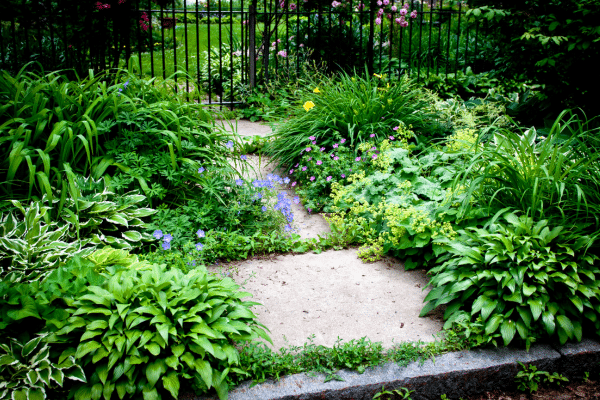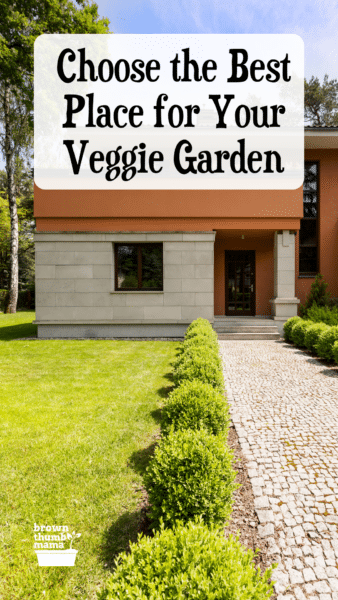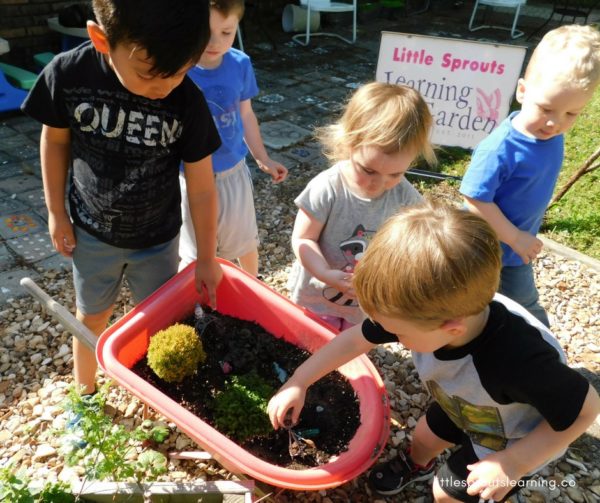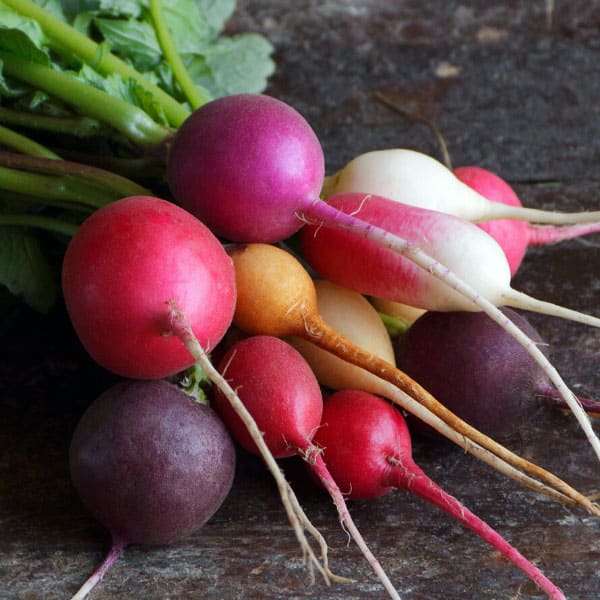This post may include affiliate links.
If you make a purchase, I'll earn a small fee at no extra cost to you.
Where should you put your garden? There are lots of factors to keep in mind. Learn the best location for your vegetable garden and improve the health of your plants, increase yields, and lengthen the growing season.
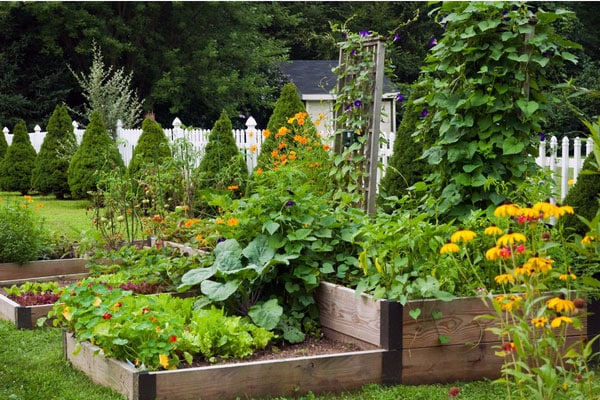
Locations & Microclimates
A microclimate is a specific, small area in the garden that has a different climate from the surrounding area. These variations can be caused by sunlight, precipitation, wind, or other factors. In nature, microclimates occur everywhere. For example, a sunny hillside might support completely different plant life than the shady valley below.
You want to find the best location for your vegetable garden, and that means taking a look at the microclimates in your yard. Within your vegetable garden, there are natural microclimates as well. They can be caused by the slope of the land, sun exposure, and structures like fences or patios. Figuring out these microclimates (and even creating some of your own) can help improve your garden.
~~~~~~~~~~~~
Are you a brand new gardener? Not sure what to plant and how to plant it? I can help.
Check out my Ultimate Beginning Gardener Bundle and you’ll have a great garden in no time!
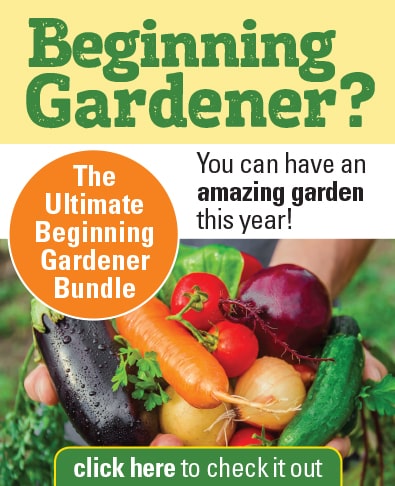
~~~~~~~~~~~~
Vegetable Garden Location
Before we dive into creating microclimates in your garden, let’s work with what’s already there. Consider the following when looking at where to put your garden:

East, West, North, and South
Directions matter a lot when it comes to microclimates. Notice how the sunlight hits your garden. Is it coming mostly from the east or north? From these directions, sunlight is less direct and produces a cool, moist environment.
If the sunlight is coming from the west or south, chances are your garden is warm and dry. Depending on how your garden is shaped, you might have different sun exposure in different parts of your garden.
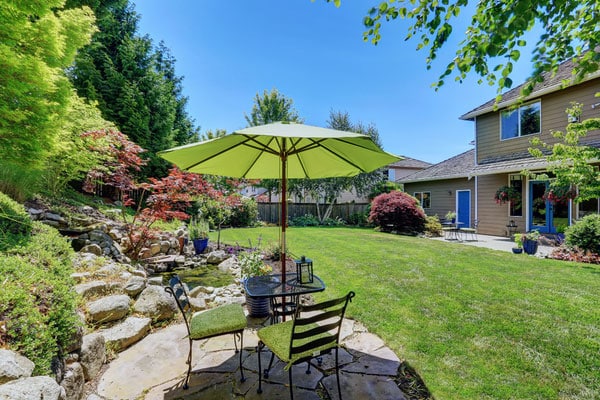
Slope and Elevation
The higher parts of your garden will tend to be warmer and drier, while low spots will be cooler and retain more moisture. The direction the land is sloping can also drastically affect the microclimates. Southern-facing slopes tend to be warmer, sunnier, and drier. Northern-facing slopes will be cooler, shadier, and more damp.
Surrounding Structures
Structures can include walls, fences, the sides of buildings, patios, driveways, sidewalks, etc. These structures can impact temperature in a number of ways. They can both cool your garden (by shading it from the sun) or warm up your garden (by reflecting or absorbing the heat from the sun).
Patios, sidewalks, and driveways particularly absorb a lot of heat that can be released all through the following night. These structures also tend to create drier soil.
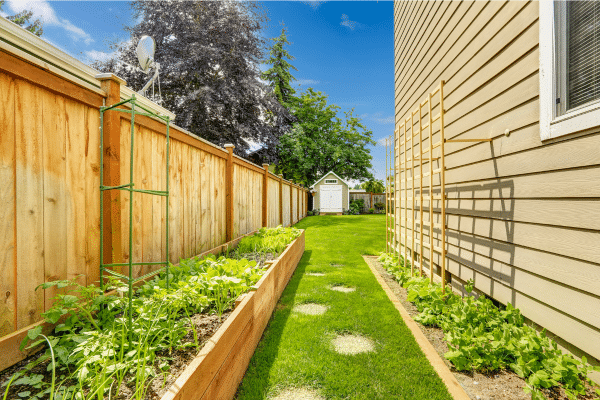
Combined with which direction they’re facing, structures can completely change the microclimates in your garden. For instance, a southwest-facing wall next to a patio is going to reflect and hold a lot of heat. The growing conditions there would be hot and dry. A northern-facing wall would have the opposite effect by blocking the most direct sunlight.
Fences, walls, and buildings also protect plants from the wind, which can be helpful year round. Too much wind can damage plants anytime. During the summer, drought and hot winds can parch plants, while in the winter, the wind can cause plants to get too cold.
Soil Type
What type of soil texture and drainage do you have in your garden? Sandy soil will drain quickly, while dense, clay-based soil will retain a lot of water. When combined with other factors, this can have a significant impact on your plants.
Trees and Shrubs
Larger trees and shrubs can act like structures in your garden, shielding plants from the hot summer sun or protecting them from the wind. They can also make growing vegetables difficult if they provide too much shade or soak up too much water from the soil.
Trees and shrubs also affect the temperature of your garden. A yard full of trees and mature landscaping can be quite a lot cooler than an open, grassy field. Keep this in mind when making plant choices for your garden.
Locations for Specific Vegetables
As you might guess, different vegetables are going to thrive in different locations. Once you’ve identified some obvious microclimates in your garden, you can choose to grow veggies that will thrive in that spot. Here is a quick rundown on some of the most popular vegetables and what location they’ll thrive in:
Peppers and Tomatoes
Peppers and tomatoes need heat and sun. They’ll thrive on southern slopes or planted near walls that face the south. Slopes and walls will also prevent issues with breakage caused by heavy winds.
These plants do especially well near driveways, patios, and sidewalks that retain heat and protect plants from frost damage in the late planting season.
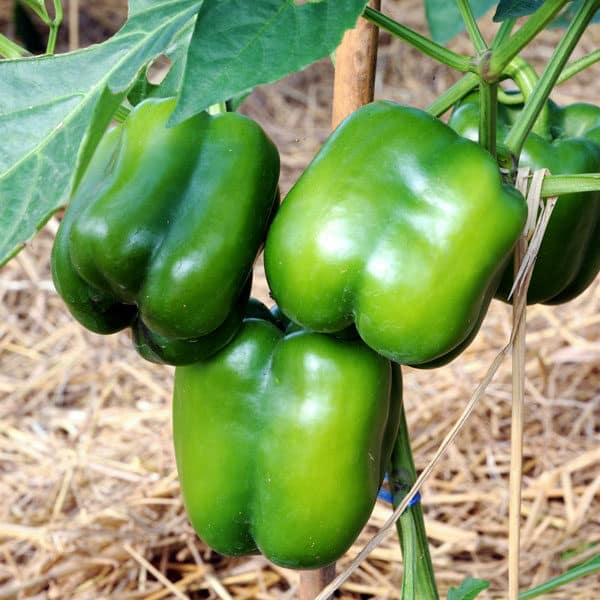
Cabbage, Lettuce, and Leafy Greens
These cool weather crops do well in low-lying areas, on northern slopes, and near shady trees. They’ll also thrive in the shade of buildings and walls with morning sunlight. Trees, shrubs, hedges, and walls will also provide protection from wind, which can damage these tender plants.
Legumes (Peas and Beans)
These plants need lots of sun and moisture, so low-lying areas that receive full sun are perfect for legumes. Here are my tips for growing amazing green beans.
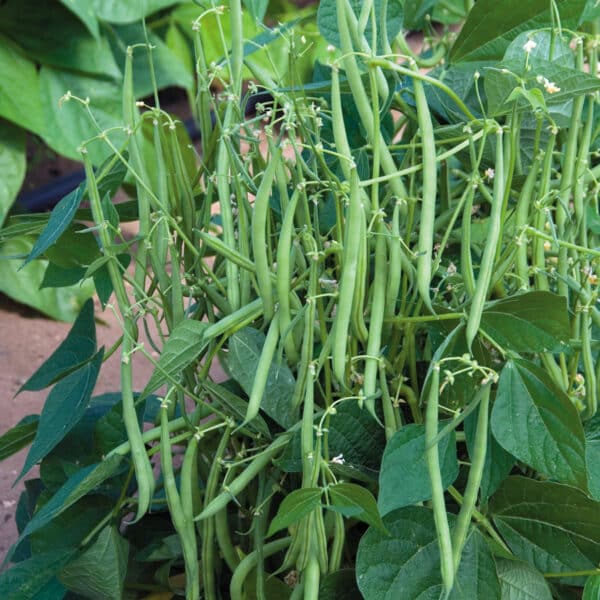
Root Vegetables
Root veggies like carrots, potatoes, and beets need partial shade. They can handle east facing slopes more than other plants. They can also tolerate more wind because they grow underground, so open areas will work for root vegetables.
Pumpkins
Pumpkins thrive in low-lying areas that stay cool and retain moisture while also receiving full sunlight (preferably from the south or west). Learn more tips about growing pumpkins here.

How to Improve Planting Locations
Sometimes you might not have just the right microclimates in your garden. It is totally possible to improve the location you have to ensure a great crop!
Warming up a microclimate is a great way to extend the growing season during the cooler months. Cooling down an area can help you keep your garden going even during the hottest weeks of summer.
Here are some ways you can create a warmer or cooler microclimate in your vegetable garden:
Creating a Warmer Microclimate
- Build a south-facing wall at one end of your garden bed. A stone wall is the most effective for reflecting and retaining heat, but thick logs, beams, or boards will also hold a lot of heat.
- Since cool air tends to sink, raised beds are warmer and will help the soil drain more effectively.
- Without blocking southern or western light, you can plant or build wind barriers to protect plants from cold winds. Evergreen shrubs work really well for this.
- Add large rocks or boulders around your garden to help trap and retain heat.
- You can even fill large jugs with water and place them near plants. These will absorb heat during the day and release it during the night.
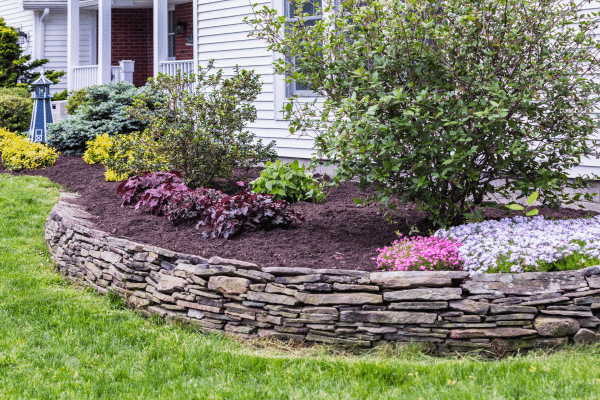
Creating a Cooler Microclimate
- Creating shade is the best way to create a cool microclimate. You can use structures and large plants to block the southern and western light to drastically reduce the temperature of that part of your garden.
- Fencing, lattice, and trellises can all be used to add shade for your veggies.
- Shade cloth can also be used to create afternoon shade, particularly if you use it to block the southern or western sun (especially at midday and late afternoon).
- Water has a cooling effect. Adding water features (like a small pond) will naturally reduce the temperature of the areas around it.
- Water your garden regularly (preferably in the early morning) to keep it cool.
- Heavy mulching is also a great way to keep the soil cool and moist even during the hot, dry months of summer. Learn about the best types of mulch to use in your garden.
